UC Irvine Jack and Shanaz Langson Institute and Museum of California Art Announces Spring 2025 Exhibition
Common Ground: Early 20th-Century Artist Communities in Southern California
On view February 8𑁒May 17, 2025
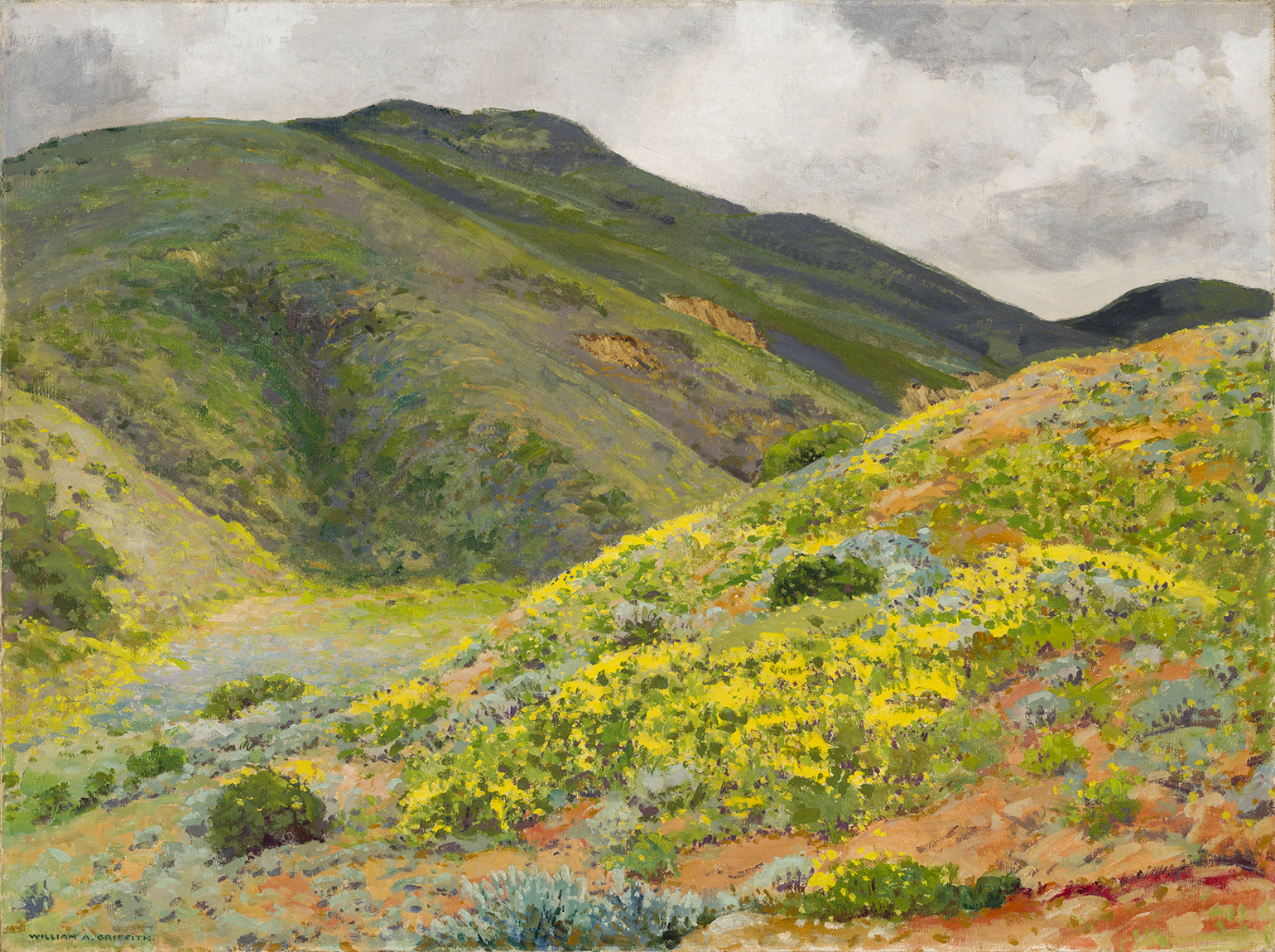
Irvine, CA…UC Irvine Jack and Shanaz Langson Institute and Museum of California Art (Langson IMCA) announced its new exhibition Common Ground: Early 20th-Century Artist Communities in Southern California. Common Ground examines artistic communities in Laguna Beach, La Jolla, and Los Angeles in the early 20th century and their influence on California plein air painting. On view February 8 through May 17, 2025, the presentation of 36 paintings, works on paper, porcelain, and bronze pieces is organized by graduate students from UC Irvine’s Visual Studies Ph.D. program: Ileana De Giuseppe, Zachary Korol Gold, and Dada Wang.
Artists formed clubs and associations ranging from highly selective to open membership to cultivate friendships, enable artistic exchange, and show their work to the public. Key figures from each of these communities are represented alongside their stories. For example, George Gardner Symons and William Wendt traveled together and painted in each other’s company whereas Frank Cuprien and Maurice Braun transformed their homes into galleries and gathering places for fellow artists.
Co-curators De Guiseppe, Gold, and Wang said, “Together, these artists promoted a mythical image of California as an untamed frontier that belies both the active social networks they created and the emerging suburbanization they helped foster in these places.”
Laguna Beach
In 1918, a group of artists, including Frank Cuprien, Anna Althea Hills, and Edgar and Elsie Palmer Payne, established the Laguna Beach Art Association (LBAA) to foster artistic and intellectual exchange. These artists often depicted the idyllic local landscapes in their works, enhancing the area’s reputation as an artistic haven and tourist destination. By capturing the rocky coastline and the area’s rolling hills, respectively, William Lees Judson’s The Wendts at Laguna Beach (between 1912-1928) and William Alexander Griffith’s In Laguna Canyon (c.1928) evoke remoteness in dramatic natural settings.
Unlike some other groups, LBAA supported women artists and heightened their reputations by exhibiting their work. They also welcomed members of other artistic communities in Southern California, including the California Art Club and Women Painters of the West. Over decades, LBAA accrued a sizable permanent collection and began operating as the Laguna Art Museum in 1972.
La Jolla
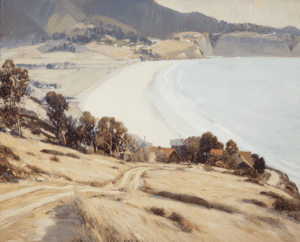
British newspaper magnate Ellen Browning Scripps moved to San Diego in 1896 and built a home in La Jolla. A patron of the arts,
Scripps agreed to fund the La Jolla Art Association in 1918. Proposed by Eleanor Parkes, who became the organization’s president, its founding members included Maurice Braun, Charles Fries, and Alfred Mitchell, among others. Progressive in nature and led by women, the association’s first exhibition was hosted by the Woman’s Club in La Jolla in 1919.
In 1929, Alfred Mitchell, his mentor Braun, and fellow artist Fries co-founded the Associated Artists of San Diego. Later renamed the Contemporary Artists of San Diego, this group represented the thriving professional art community that had emerged in the region. Mitchell’s La Jolla Shores provides a panoramic view of the beachfront community in 1936.
Los Angeles
Founded in 1906, the Painters’ Club of Los Angeles was a short-lived artist association that was invitation-only membership and limited to men, thereby excluding notable Los Angeles artists such as Marion Kavanaugh Wachtel and Julia Bracken Wendt.
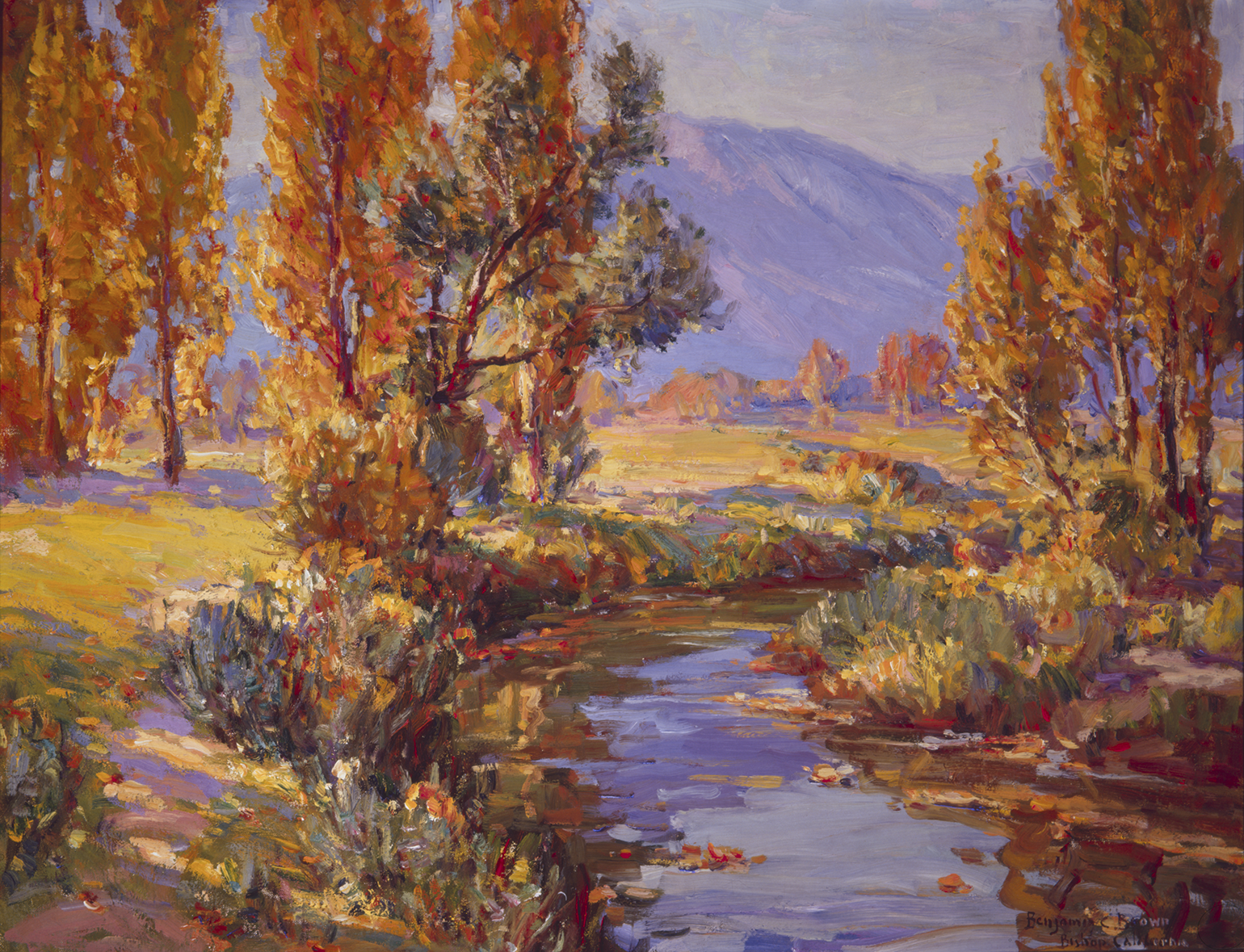
Committed to depicting the California landscape, the group was championed by Antony Anderson, a founding member of the club and the first art critic for the Los Angeles Times. The club disbanded in 1909 despite its growth and well-attended exhibition program. Accounts attribute the club’s demise to disgruntled members irked when their works were not selected for the club’s second and final juried exhibition.
Jack Wilkinson Smith helped found the California Art Club and established the Biltmore Salon, a local gallery dedicated to promoting Southern California artists. Benjamin Brown’s Autumn Glory (c.1920) and William Wendt’s The Lake(1940) portray pristine landscapes that were still relatively accessible to Los Angeles.
Public programs will be announced at imca.uci.edu in early 2025.
About UC Irvine Jack and Shanaz Langson Institute and Museum of California Art
UC Irvine Jack and Shanaz Langson Institute and Museum of California Art (Langson IMCA) is home to two foundational gifts of California Art from The Irvine Museum and Gerald E. Buck estate. In addition, the permanent collection of more than 4,700 works from the late 19th century and early 20th century through present day continues to grow, augmented by acquisitions and gifts. The university is planning to construct a permanent museum and research institute to serve as a global magnet for the presentation and study of California Art within its social, historical, environmental, and cultural frameworks. Langson IMCA is currently located in an interim museum space at 18881 Von Karman Avenue, Suite 100, in Irvine, CA. It is open to all Tuesday through Saturday 10 am to 4 pm. Admission and parking up to two hours are free. For more information, visit imca.uci.edu. Follow us on Instagram @langsonimca.
About the University of California, Irvine
Founded in 1965, UC Irvine is a member of the prestigious Association of American Universities and is ranked among the nation’s top 10 public universities by U.S. News & World Report. The campus has produced five Nobel laureates and is known for its academic achievement, premier research, innovation, and anteater mascot. Led by Chancellor Howard Gillman, UC Irvine has more than 36,000 students and offers 224 degree programs. It’s located in one of the world’s safest and most economically vibrant communities and is Orange County’s second-largest employer, contributing $7 billion annually to the local economy and $8 billion statewide. For more on UC Irvine, visit www.uci.edu.
* * *
Media Contacts
For additional information, Libby Mark or Heather Meltzer at Bow Bridge Communications, LLC, New York City; info@bow-bridge.com.

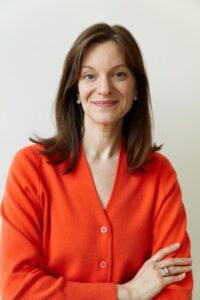 Working closely with faculty, staff, students, UC Irvine leadership, and the broader community, Feldman will collaboratively advance Langson IMCA’s commitment to interdisciplinary research, scholarship, presentation, preservation, and education.
Working closely with faculty, staff, students, UC Irvine leadership, and the broader community, Feldman will collaboratively advance Langson IMCA’s commitment to interdisciplinary research, scholarship, presentation, preservation, and education.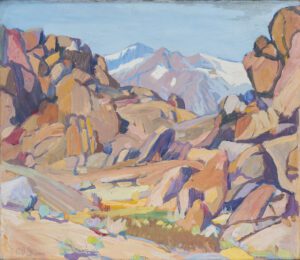
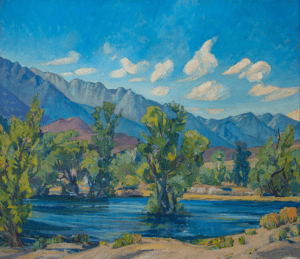
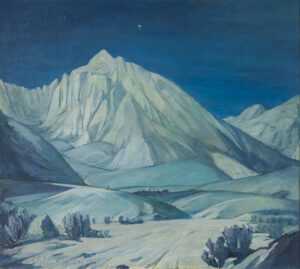
![Yong Soon Min, Photo from The Kisssss, Photographer David Kelley[94] Yong Soon Min, Photo from KISSSSS, Photographer David Kelley[94]](https://imca.uci.edu/wp-content/uploads/2024/07/Yong-Soon-Min-Photo-from-The-Kisssss-Photographer-David-Kelley94-1536x1024.png)
 Born in 1953 in a village near Seoul, South Korea, the year the Korean War ended with an armistice without peace, Yong Soon Min called herself a Cold War baby. At age seven, she immigrated with her mother and brother to join their father in Monterey, CA. After earning her BA, MA, and MFA degrees in art at UC Berkeley, Min moved to New York City during the 1980s where she earned a postdoc at Whitney Museum of American Art’s Independent Study Program.
Born in 1953 in a village near Seoul, South Korea, the year the Korean War ended with an armistice without peace, Yong Soon Min called herself a Cold War baby. At age seven, she immigrated with her mother and brother to join their father in Monterey, CA. After earning her BA, MA, and MFA degrees in art at UC Berkeley, Min moved to New York City during the 1980s where she earned a postdoc at Whitney Museum of American Art’s Independent Study Program.